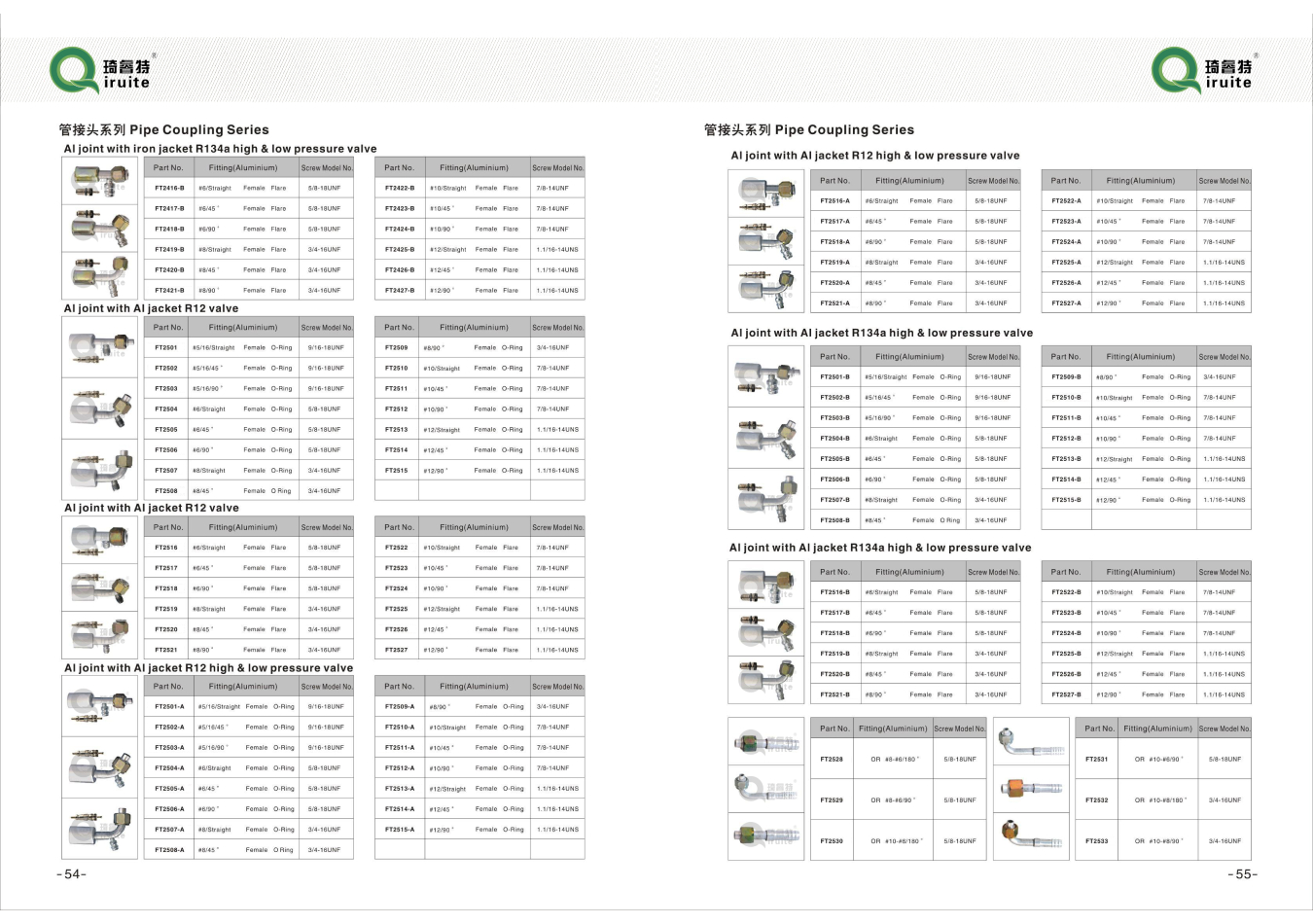how to remove high pressure power steering hose
How to Remove a High-Pressure Power Steering Hose
The power steering system is essential for easy maneuverability and control of your vehicle. One critical component of this system is the high-pressure power steering hose, which carries pressurized fluid from the power steering pump to the steering gear or rack. Over time, these hoses can wear out, develop leaks, or become damaged, necessitating replacement. Removing a high-pressure power steering hose may seem daunting, but with the right tools and precautions, you can accomplish this task efficiently. Here’s a step-by-step guide on how to remove a high-pressure power steering hose safely.
Tools and Materials You Will Need
1. Socket set (including various extensions) 2. Wrenches (open-end and box-end) 3. Screwdriver set 4. Pliers 5. Fluid catch pan (to collect any spilled power steering fluid) 6. Rags or paper towels 7. Safety goggles and gloves 8. New high-pressure power steering hose (for replacement)
Step-by-Step Process
1. Prepare Your Vehicle Start by parking your vehicle on a level surface and engaging the parking brake. Turn off the engine and allow it to cool down if it has been running. This ensures your safety while working on the vehicle.
2. Locate the Power Steering Hose Open the hood and locate the power steering pump, which is typically found on the engine’s front, often near the serpentine belt. Follow the hose from the pump to the steering gear or rack. The high-pressure hose will be the thicker one compared to the low-pressure return hose.
3. Clean the Area Before you start, clean the area around the connections of the power steering hose using a rag. This step is crucial to prevent dirt and debris from entering the power steering system, which can cause damage.
4. Release Pressure With the engine off, carefully relieve any remaining pressure in the power steering system. You can do this by turning the steering wheel from lock to lock with the engine off. However, take care—make sure the fluid reservoir is capped to minimize mess.
how to remove high pressure power steering hose

5. Disconnect the Hose Using your wrench or socket set, loosen and remove the bolt or fitting securing the high-pressure hose to the power steering pump. You may need to use penetrating oil if the fitting is corroded. Once it is free, carefully pull the hose away from the pump.
Next, locate the other end of the high-pressure hose at the steering gear or rack. Repeat the process by loosening and removing the fitting on that side. Have your fluid catch pan ready to catch any fluid that spills during this process.
6. Remove the Hose Completely With both ends disconnected, you should now be able to remove the high-pressure power steering hose from the vehicle. It may require some maneuvering to get it free, especially if it’s in a cramped space.
7. Inspect and Clean Once removed, inspect the old hose for signs of wear, cracks, or leaks. Clean any spilled power steering fluid from surrounding areas using your rags.
8. Install the New Hose Take your new high-pressure power steering hose and position it in the same orientation as the old one. Attach one end to the steering gear or rack first, tightening it securely. Then attach the other end to the power steering pump, ensuring the connection is tight.
9. Refill Power Steering Fluid With the new hose installed, refill the power steering reservoir with the appropriate fluid specified in your vehicle’s owner manual.
10. Test Your Work Start the engine and allow it to run for a few minutes. Turn the steering wheel back and forth several times to help bleed air from the system. Check for any leaks around the newly installed hose and fittings. If everything looks good, close the hood and take the vehicle for a short test drive.
Conclusion
Removing a high-pressure power steering hose is a feasible task for those with moderate mechanical skills and proper tools. By following these steps carefully, you can save money on repairs and gain valuable experience in maintaining your vehicle. Remember always to prioritize safety and consult your vehicle’s service manual for specific instructions related to your car model. Happy wrenching!
-
Ultimate Spiral Protection for Hoses & CablesNewsJun.26,2025
-
The Ultimate Quick-Connect Solutions for Every NeedNewsJun.26,2025
-
SAE J1401 Brake Hose: Reliable Choice for Safe BrakingNewsJun.26,2025
-
Reliable J2064 A/C Hoses for Real-World Cooling NeedsNewsJun.26,2025
-
Heavy-Duty Sewer Jetting Hoses Built to LastNewsJun.26,2025
-
Fix Power Steering Tube Leaks Fast – Durable & Affordable SolutionNewsJun.26,2025

